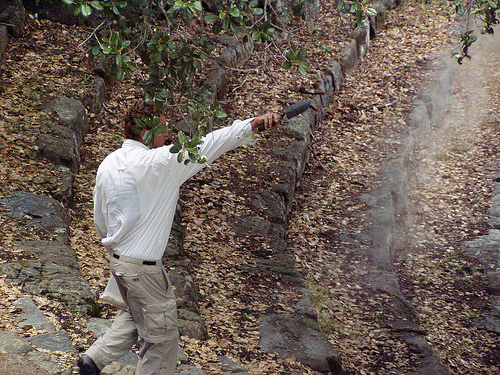The cremation process
It can be difficult to make a big decision about a process you do not understand. While you may not know the exact details of how a traditional burial works, it is easy to visualize what happens. That is not necessarily true for the cremation process. Despite how long the cremation process has been since it has been around for more than 2,000 years, it can be a bit of a mystery. That is because most people never see what is behind the scenes. Understanding how it works can help ease the anxiety that many people feel about the whole cremation process.
The modern crematories today use industrial furnaces that are designed just for cremation. The process takes about 2-3 hours to complete. Along the way, the crematory will take care to make sure that the deceased is properly identified, the operator is safe, and that care and respect are used.
A lot of facilities allow the family of the deceased to witness the cremation, space is often limited so it is best to check with the cremation facility to find out how many people can attend the cremation service. Basic cremation reduces the body to its basic elements through a process that exposes it to open flames, intense heat and evaporation. This is done in a specially designed furnace called a cremation chamber or retort. Many crematories require a container for the body such as a casket appropriate for cremation or a rigid cardboard container.
Cremated remains are commonly referred to as ashes, however, they consist of bone fragments. It is important to recognize that the cremated remains of the body are commingled with any remains of the container as well as any other incidental byproducts of the incineration. Cremation produces 3 to 9 pounds of remains, depending on the size of the body and the process used by the crematory.
The process of cremation consists of five basic steps, the deceased is identified, and proper authorization is obtained. They body is prepared and placed into a proper container, the container with the body is then moved to the retort or cremation chamber. After cremation, the remaining metal is removed, and the remains are ground. The ashes are then transferred to either a temporary container or in an urn provided by the family.
There are numerous questions about the cremation process, one of them is about how the body is identified before cremation and what safeguards are in place to make sure that it is the right person. Now, to make sure that your loved one’s remains are properly handled, reputable crematories have strict procedures.
The first step is to make sure that the crematory has the permission to take care of the cremation for the deceased. Identification regulations vary by state. In most cases, you complete the paperwork that provides the crematory with your authorization. The form will also ask for information such as who will pick up the remains and what type of container to use.
The facility that you use defines the specific identification procedures based on industry recommendations. A typical identification procedure will include having a family member confirm the identity. Next, some sort of metal ID tag is placed on the body. This will remain throughout the process.
How is the body prepared for cremation? Normally the body is bathed, cleaned and dressed before identification. Unless you have a public viewing or you request it, the body is not embalmed. Other items such as jewelry that you would like to keep are removed. Medical devices and prosthetics that are mechanical or contain batteries are also removed. This is to prevent reaction during the cremation process. Items such as screws, pins and joints remain in place. Recycling policies for medical devices vary by facility but in no case are the devices reused as is. They are disassembled, melted down or disposed of in some other responsible method.
The body is then placed on a cremation chamber, it is an industrial furnace that is large enough to hold one body. Fire resistant bricks line the chamber and can withstand temperatures up to 2000 degrees. Modern cremation furnaces follow according to strict environmental and air quality standards. Natural gas, propane or diesel fuel the furnaces. They are also automated and computerized.
After the incineration, the remains are cooled. The operator inspects the remains for remnants of metal left behind and removes them by hand or with strong magnets. The metal is often sent to a recycler. After grinding, the ashes are placed in a plastic bag. The bag is placed in the urn that the family provides or in a temporary container. The urn or container with the ashes is returned to the family.
Both cremation and in-ground burial involve processes that work on the body. In cremation, heat is the process. In burial, the process is decomposition. Deciding which is right for you or your loved one depends on many factors. The cost, your religious beliefs, and your family traditions should all be considered. In the end, only you can decide which is right for your circumstances.







